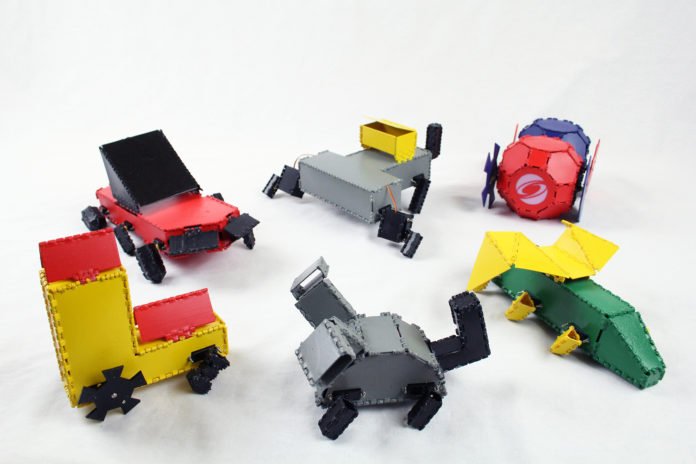Robotics is an area where some scientific fields meet. This fact is already a source of attraction for various scientists, engineers, and the public. Even if it becomes popular, it is incredibly difficult to make. The complete process takes a long time and makes large expenses.
To make the process easy, MIT scientists have developed a system called “Interactive Robogami.” This newly developed system allows users to design custom robots within a few minutes and then 3-D print. The complete process takes almost 4 hours to assemble.
Co-lead author Adriana Schulz said, “Designing custom robots usually requires expertise that only mechanical engineers and roboticists have.”
“What’s exciting here is that we’ve created a tool that allows a casual user to design their own robot by giving them this expert knowledge.”
The key feature of this system is it allows designers to determine both the robot’s movement (gait) and shape (geometry).
How does this system work?
Scientists used simulations and AI algorithms for design composition. This allows researchers to focus on high-level conceptual design. It holds the potential to effectively analyze factors such as speed and stability to make suggestions. Next, it ensures that the user doesn’t create a top-heavy robot that can’t move without tipping over.
Researchers also used 3D printing and fold techniques to fabricate the custom robot as flat faces connected at joints. Combining the most effective parts of 2-D and 3-D printing folds the design into a final shape.
Ph.D. graduate Cynthia Sung said, “3-D printing lets you print complex, rigid structures, while 2-D fabrication gives you lightweight but strong structures that can be produced quickly.”
“By 3-D printing 2-D patterns, we can leverage these advantages to develop strong, complex designs with lightweight materials.”
During experiments, scientists used eight subjects with 20 minutes of training and were asked to perform two tasks. The first task involves creating a mobile, stable car design in just 10 minutes. The second task involves creating a trajectory to navigate the robot through an obstacle course in the shortest travel time.
Within 10-15 mins, scientists developed a total of 6 robots. They then took 3-7 hours to assemble it completely. The team found that their 3-D print-and-fold method reduced printing time by 73 percent and the amount of material used by 70 percent.
In addition, the robot demonstrated a wide range of movements, like using single legs to walk.
Sung said, “You can quickly design a robot that you can print out, which will help you do these tasks quickly, easily, and cheaply. It’s lowering the barrier to have everyone design and create their own robots.”
The user can develop new approaches to teaching computational thinking and creating through this. Students can not only learn by coding and making their own robots but by bringing to life conceptual ideas about what their robots can do.
